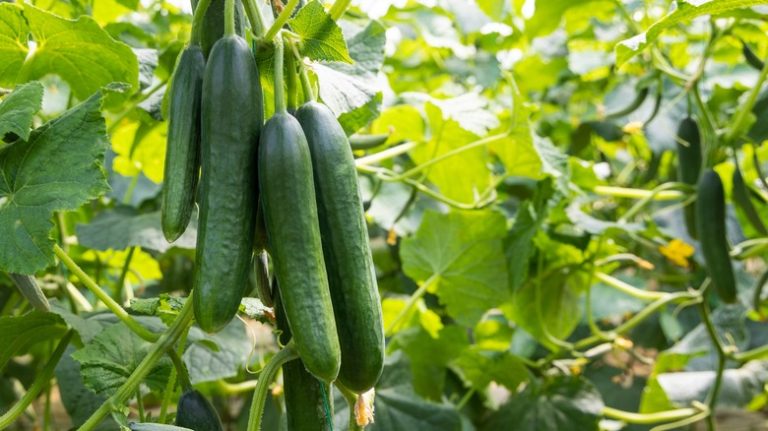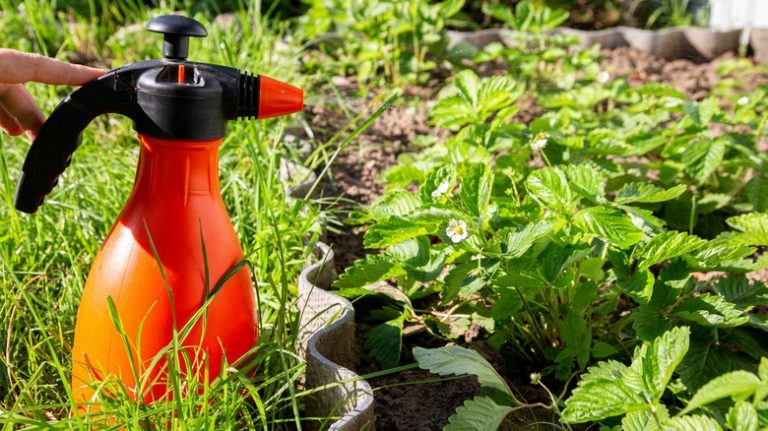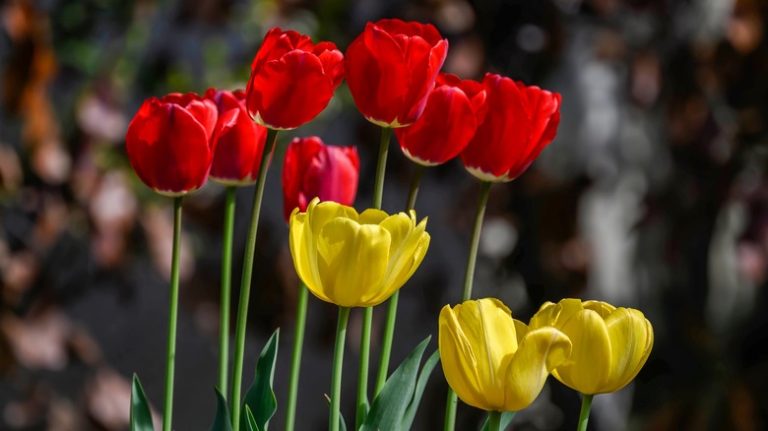Propagating plants is a fulfilling experience for plant enthusiasts, whether you have a fully developed green thumb or not. It provides an opportunity to witness and facilitate the growth cycle firsthand, from a tiny cutting to a thriving plant. Experimenting with different propagation methods also allows for exploration and learning, deepening your understanding of plant biology. Moreover, propagating plants can be a cost-effective way to expand your collection or share plants with friends and family, fostering a sense of community and connection. Witnessing the development of roots and new growth instills a sense of wonder and joy, creating a rewarding bond between you and the plants you nurture. For most plants, too, Pinterest claims propagating can even be made easier with a simple bottle of hydrogen peroxide.
Hydrogen peroxide aids in rooting plant cuttings better and faster due to its antifungal and antibacterial properties. When used to sanitize the cut end of a plant cutting or added to water for rooting, it helps prevent the growth of harmful microbes that can cause rot and hinder root development. By creating a cleaner and more sterile environment, peroxide promotes healthier root formation by reducing the risk of infections and diseases. Additionally, it breaks down into water and oxygen, providing oxygenation to the rooting medium, which is crucial for root growth. Therefore, these benefits contribute to improved success rates and faster root development when using hydrogen peroxide for propagating your plant cuttings.
Root cuttings with hydrogen peroxide
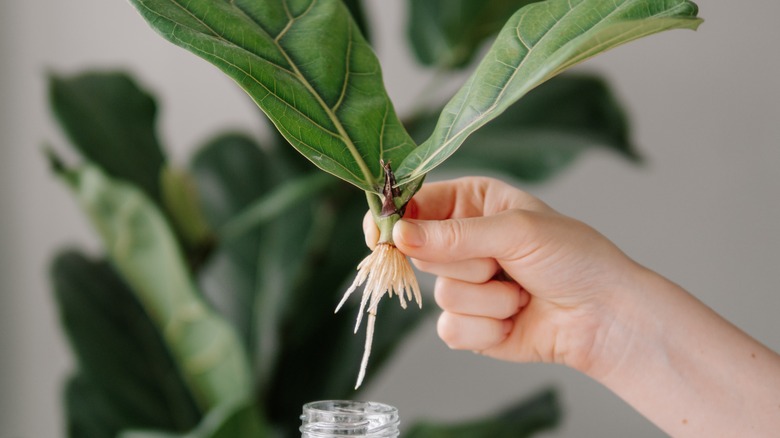
To root plant cuttings using hydrogen peroxide, there are a couple of effective methods. The first method involves dipping the end of the plant cutting directly into the chemical compound. Start by preparing a solution of peroxide and water, typically using a ratio of 1 part hydrogen peroxide to 1 part water. Pour the solution into a clean container. Trim the plant cutting at a 45-degree angle to expose more surface area for rooting. Dip the freshly cut end into the solution for a few seconds, ensuring it is thoroughly coated. Allow the excess solution to drip off before planting the cutting in a suitable rooting medium. This method seals off the cut end of the plant while discouraging infections from developing on the cutting.
The second method involves rooting the plant cutting in water with hydrogen peroxide. Begin by filling a clean glass or jar with water, leaving enough space to accommodate the cutting. Add a teaspoon of peroxide per cup of water to the container to prevent microbial growth and keep the water oxygenated. Trim the cutting as before and place it into the container, ensuring that at least one or two nodes are submerged. Change the water every few days to maintain oxygen levels and cleanliness, adding more hydrogen peroxide each time. Monitor the cutting regularly for signs of root development, and once roots have formed, transplant it into a pot with soil or a suitable growing medium.
Precautions for this method
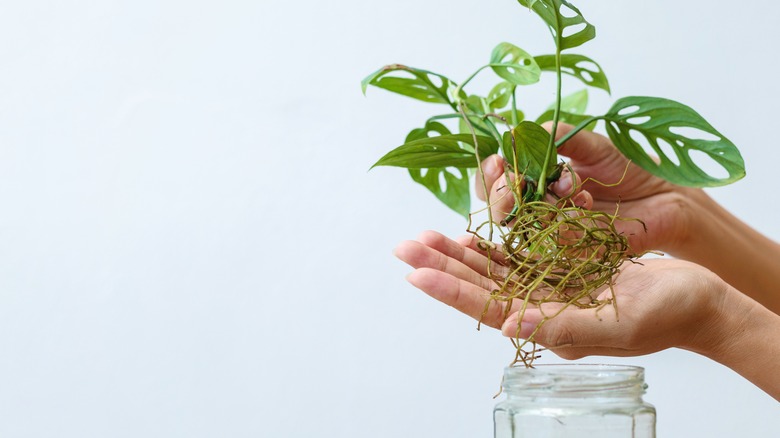
While hydrogen peroxide can be a helpful tool for rooting plant cuttings, it’s essential to exercise caution while using this product. One precaution is to dilute hydrogen peroxide properly before use. Concentrated peroxide can be harsh and may damage delicate plant tissues, so it’s crucial to mix it with water according to recommended ratios. Typically, a diluted 3% H202 solution is suitable for most applications involving plant propagation.
Another precaution is to avoid prolonged exposure of the plant tissues to hydrogen peroxide. While it can help prevent microbial growth, excessive exposure may harm the cutting’s cells and impede root development. Therefore, when dipping the cutting into a peroxide solution, it’s essential to keep the duration brief and ensure that only the cut end is submerged. Additionally, this substance can be harmful if ingested or if it comes into contact with your eyes or skin. When handling it, be sure to wear gloves and protective eyewear to prevent accidental exposure. Store peroxide in a secure location away from children and pets, and always follow proper safety protocols.
Lastly, while hydrogen peroxide can aid in preventing fungal and bacterial infections, it’s not a guarantee against all pathogens. It’s essential to maintain cleanliness throughout the propagation process by using clean tools, containers, and planting mediums to minimize the risk of contamination. Overall, by following these precautions, you can harness the benefits of hydrogen peroxide while ensuring the successful rooting of your cuttings.


